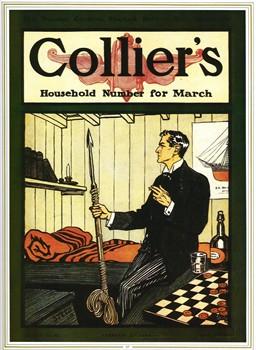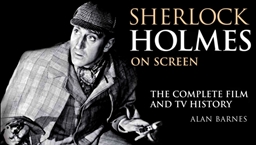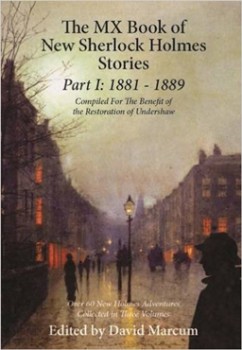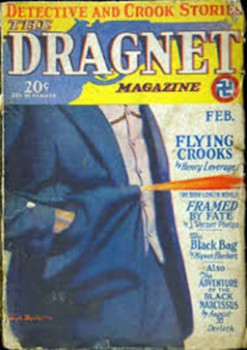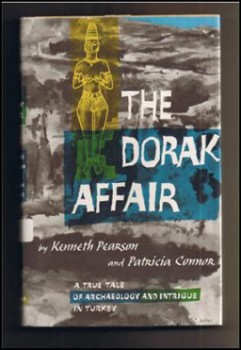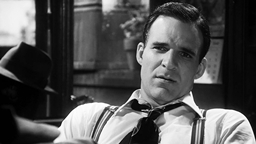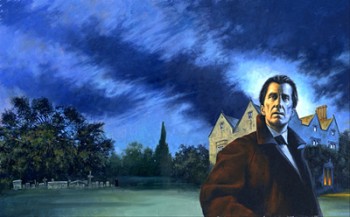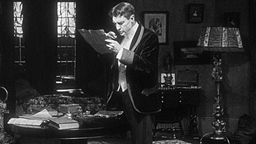The Public Life of Sherlock Holmes: Holmes, the Police & Scotland Yard
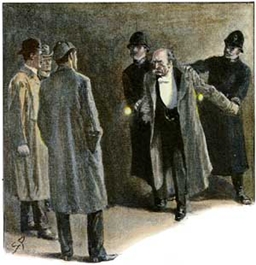 The most common official police force encountered during Holmes’s sixty cases was Scotland Yard. One can safely say that Doyle’s portrayal of the men of the force was somewhat less than flattering. None ever outsmarted Holmes (though one came pretty close) and most of them are adrift until Holmes reveals all at the end of the story.
The most common official police force encountered during Holmes’s sixty cases was Scotland Yard. One can safely say that Doyle’s portrayal of the men of the force was somewhat less than flattering. None ever outsmarted Holmes (though one came pretty close) and most of them are adrift until Holmes reveals all at the end of the story.
Scotland Yard was actually the descendant of an earlier police force in London. In 1748, Henry Fielding succeeded Thomas de Veil as Court Justice for Middlesex and Westminster, with headquarters on Bow Street. Fielding hired nine men to go out and catch criminals. This was, in essence, the first police force in London.
These ‘Bow Street Runners’ wore red vests and carried pistols. For eighty years, they were the only thief takers in London. Since there were never more than fifteen at a time, they were slightly outnumbered by the criminals.
In 1829, backed by Home Secretary Robert Peel, the Metropolitan Police Improvement Bill passed, creating an Office of Police for metropolitan London. It did not, however, include the one-square mile City of London, bounded by the ancient Roman walls. ‘The City’ retained that independence, which did not prove useful during the Jack the Ripper killings.
A nightstick and a rattle for summoning help were standard issue; guns were not. They were servants of the public and their power was to be based on the respect of the people, not fear.
It’s Elementary – ‘Peelers’ and ‘bobbies’ are nicknames for the London police and come from Sir Robert Peel’s name.
